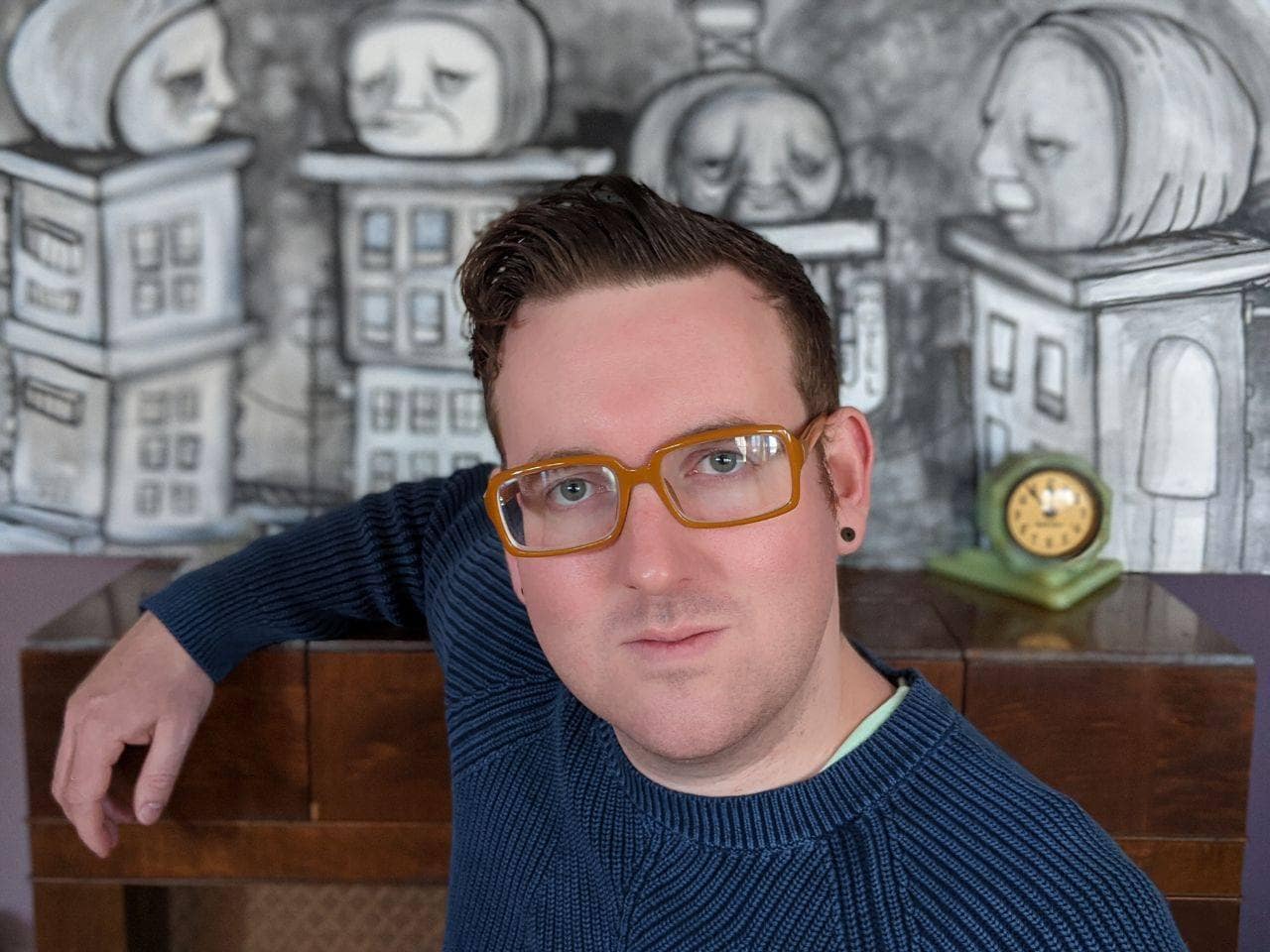UAMS Researchers Find that Continual Rise in Spending on Home Health Care Could Be Problematic for Arkansans
| LITTLE ROCK — A study led by a recent University of Arkansas for Medical Sciences (UAMS) Fay W. Boozman College of Public Health graduate, revealed that a rise in home health care spending could become an issue for Medicare nationally and in Arkansas.
Robert Schuldt, Ph.D., a spring 2022 graduate of the college’s Health Systems and Services Research program, led the study on Geographic Variation in Medicare Home Health Expenditures. Among Schuldt’s discoveries was how the growth in spending on the popular home health care program could potentially lead to changes in the service in Arkansas.
Various media outlets produced a report about the study, which was published by the American Journal of Managed Care.
The research team, which included Mick Tilford, Ph.D., chair of the college’s Department of Health Policy and Management and instructor of the school’s geographic variations course, noted that the surge in spending on home health care began in the early 2000s and as of 2022, has increased more than 118%.
“Home health care programs provide intermittent skilled home care,” Schuldt said. “They’re popular for several reasons. One of which is it gives a person the opportunity to receive care at home, in a familiar setting, and avoid staying in costly special facilities or hospitals since home health care is less expensive than being in a facility or hospital receiving care.”
“However, we need to locate where these unwarranted variations are coming from and reduce variation in spending,” Schuldt said. “Spending on home health care varies in different regions, but is not driven by the factors we would expect. That’s not a good situation.”
Unwarranted variation in health care spending is defined as factors driving differences in spending that are not related to the underlying health of the patient or their preferences. The average age of a population, overall standard of living, the average cost of living and a population’s general access to care are some of the traditional, expected factors that impact health care spending and drive some variation. But with unwarranted variations, there are unknown, nontraditional and undiagnosed developments driving the difference in spending.
Certain organizations are doing what they can to remedy the situation before it becomes a huge problem.
The Centers for Medicare and Medicaid Services (CMS), which specializes in providing health equity and improving overall health outcomes, has changed its payment system for home health care in an effort to closely monitor how the program is being used.
“They’re working to reduce fraud and the overuse of some services,” Schuldt said. “But with every adjustment CMS makes, there’s a shift in behavior by some agencies to maximize their earnings.”
Additionally, Medicare, the federal health insurance program for individuals 65 and older, has changed from a 60-day to 30-day home health care program cycle. The goal is to control who is eligible for the program by having clients recertify monthly. However, research suggests that recertifying every 30 days might do more harm than good.
“There are cases when a senior citizen is not feeling well, and it’s hard to get them to the physician’s office to get certified for remaining in the home health program,” Schuldt said. “Rather than doing that six times a year like when the cycle was 60 days, a family is now doing this monthly because it’s changed to a 30-day cycle.”
The researchers concluded that the increase in spending on home health care programs is primarily a result of the variations — a situation that must be addressed. Demand for home health care is expected to increase in coming years because of our graying population. Reducing unwarranted variation is key to strengthening the Medicare home health program so that it can continue to provide much needed care, the researchers said.
People potentially not being able to afford home health care can lead to physically, emotionally and financially difficult situations for many Arkansans, they added.
“If you’re having to take grandma away from home 12 times a year and struggle to help her get to her medical appointment, that’s a negative outcome,” Schuldt said. “Plus, it can be time consuming to help someone once a month get to a medical appointment. Those kinds of situations are why Arkansans should care about geographic variations on home health care spending. There’s substantial room for improvement in the efficiency of the program.”
UAMS is the state’s only health sciences university, with colleges of Medicine, Nursing, Pharmacy, Health Professions and Public Health; a graduate school; a hospital; a main campus in Little Rock; a Northwest Arkansas regional campus in Fayetteville; a statewide network of regional campuses; and eight institutes: the Winthrop P. Rockefeller Cancer Institute, Jackson T. Stephens Spine & Neurosciences Institute, Harvey & Bernice Jones Eye Institute, Psychiatric Research Institute, Donald W. Reynolds Institute on Aging, Translational Research Institute, Institute for Digital Health & Innovation and the Institute for Community Health Innovation. UAMS includes UAMS Health, a statewide health system that encompasses all of UAMS’ clinical enterprise. UAMS is the only adult Level 1 trauma center in the state. UAMS has 3,275 students, 890 medical residents and fellows, and five dental residents. It is the state’s largest public employer with more than 12,000 employees, including 1,200 physicians who provide care to patients at UAMS, its regional campuses, Arkansas Children’s, the VA Medical Center and Baptist Health. Visit www.uams.edu or uamshealth.com. Find us on Facebook, X (formerly Twitter), YouTube or Instagram.###
